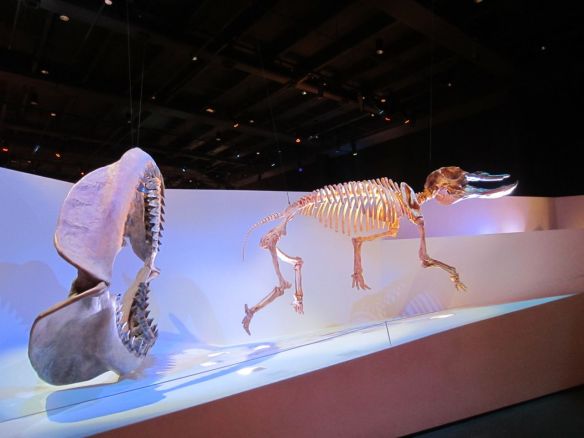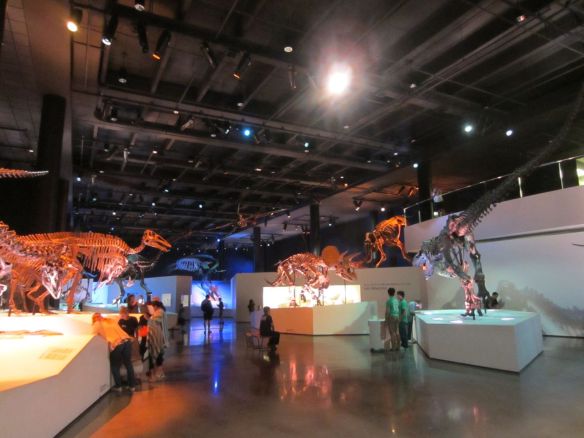My favourite outing the few times I’m in Houston is visiting their Museum of Fine Arts. I happened to be there recently when Degas: A New Vision was on display and got to see this retrospective exhibit of this famous French Impressionist’s work—the largest in the US in nearly 30 years!

The exhibit begins with an insightful chronology of Edgar Degas’s life. I cherished this quote from his family because it shows such familial concern yet tenderness for their hardworking artist—something that all families of artists have felt at one time or another. I wish I could have told them from where I stand in history that it’ll be alright.

Degas painted everybody everywhere—from prostitutes sitting in cafés to bourgeois women at concerts; from male patrons loitering backstage at ballets to businessmen making deals on the streets; from the ordinary event of women washing their hair to the spectacle of Parisian society watching a horse race. All these types of paintings were on display at MFAH but I’ll show you a few of my favourites that were particularly exciting to see in person.

Edgar Degas, Rehearsal Hall at the Opéra, rue Le Peletier (1872).
I appreciate that Degas didn’t just paint final performances. He showed the work of preparing for a show—the stretches, repetition, boredom, sweat, and fatigue. He did countless drawings of ballerinas’ movements before he painted them (many of which were also on exhibit), and I like how the description on one of the panels said Degas became such a master of technique that he could tell when a ballerina had done a move incorrectly.
It’s also fascinating to see how he edited his preliminary drawings when he added them to his paintings. Notice in At the Louvre (1879) how the two women change position and the umbrella changes hands. Interesting fact: the woman leaning on her umbrella was fellow Impressionist painter Mary Cassatt.
This ballet rehearsal was probably my favourite to see transformed from a textbook page to the colours and brush strokes on the gallery wall:

Edgar Degas, The Rehearsal (1874).
The composition is so striking. Degas crams all the figures into the upper left and bottom right corners, leaving your eye to wander up the middle where the central ballerina leans forward on one leg. Her outstretched arm connects the gap between her and famous Parisian dance master Jules Perrot. Degas literally renders a slice of contemporary life here through the truncated legs on and around the staircase and the two cropped groups of ballet students—one set working, the other waiting.

Edgar Degas, Theatre Box (1880).
Degas has the reputation of being an acute observer of contemporary life. You can see that in the painting above where he isolates a female theatre-goer in an ornate box. The artificial light of the stage reflects back on her face, making her look ghostly. Going to the theatre is a social event (especially for this time period in Paris), so why is she alone? Degas captures the alienation typical of modernity. I think this painting is another way of showing that feeling of being alone on a crowded street.

Edgar Degas, In a Café (The Absinthe Drinker) (1875-76).
The last work I’ll mention is In A Café (The Absinthe Drinker). Talk about alienation! This painting so moved me when I first studied it in undergrad that years later I wrote a short story about a blind date inspired by it. I like how Robert L. Herbert describes what’s going on in Impressionism: Art, Leisure, and Parisian Society:
Shoulders slumped, eyes cast down, feet splayed out, her costume frowzy, she is the café habituée rooted to her seat, without aspirations. She will derive little comfort from the man next to her, the kind of elbow-leaner who will remain there for hours, eventually shuffling off to an uncertain destination. This is one of Degas’s most devastating images of public life.
There are many devastating things about this painting—how the floating tables trap the man and woman behind their drinks; how the two figures sit beside each other without engaging; how Degas seats us at the table diagonal to these forlorn figures, watching all this as if we too are supposed to be as detached as the painter but we cannot help but be drawn in.




















